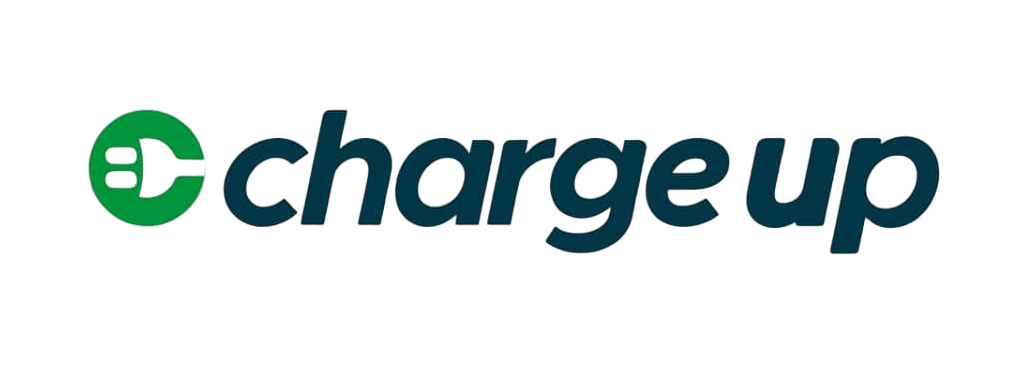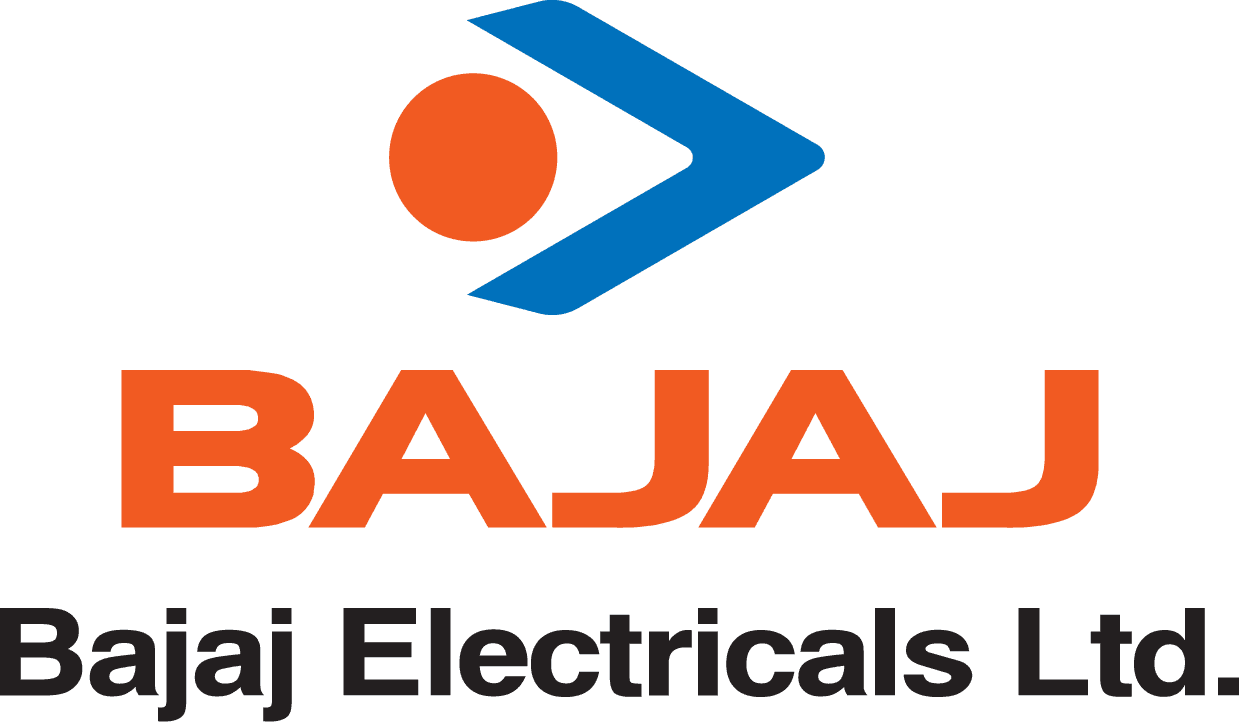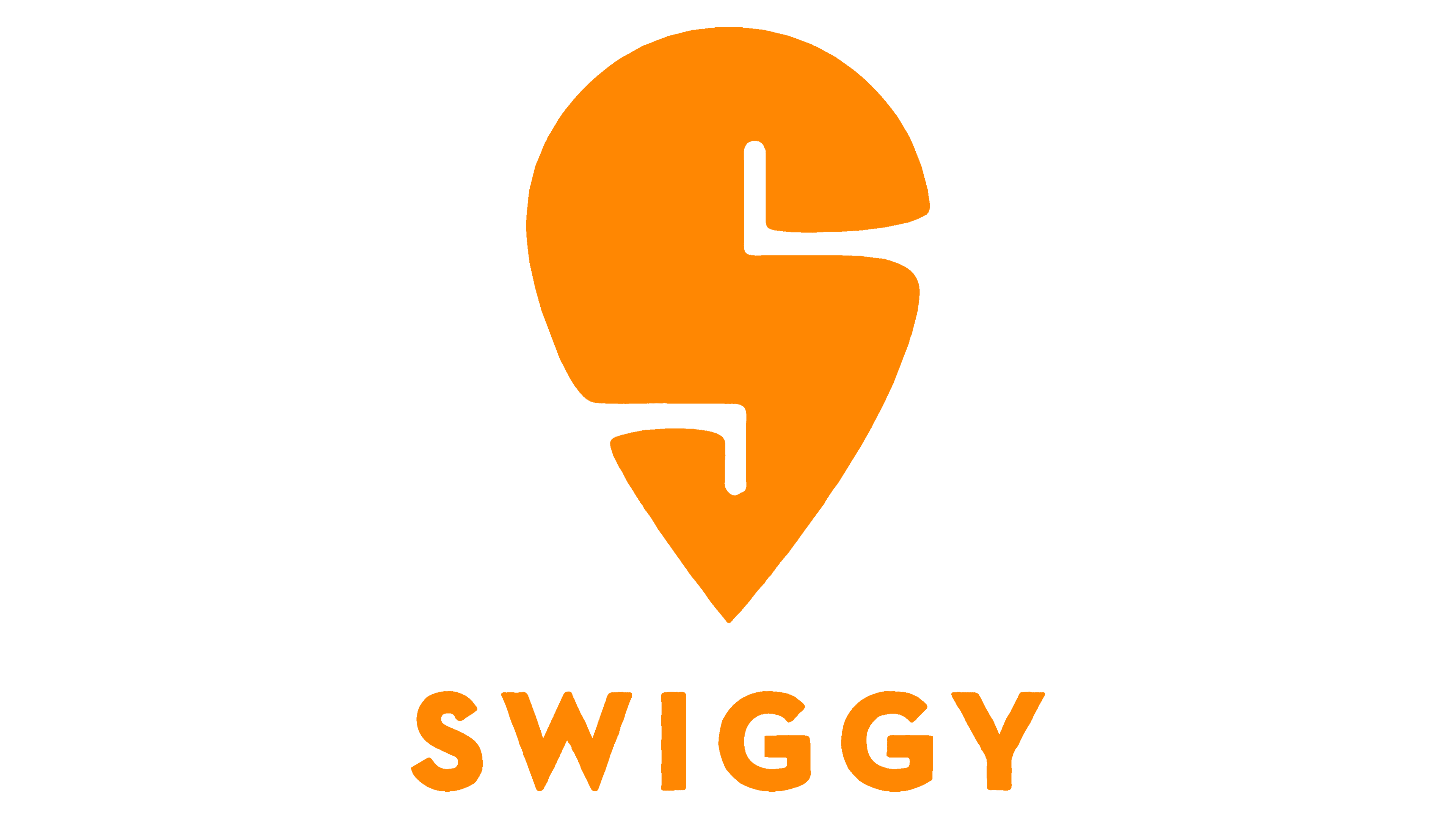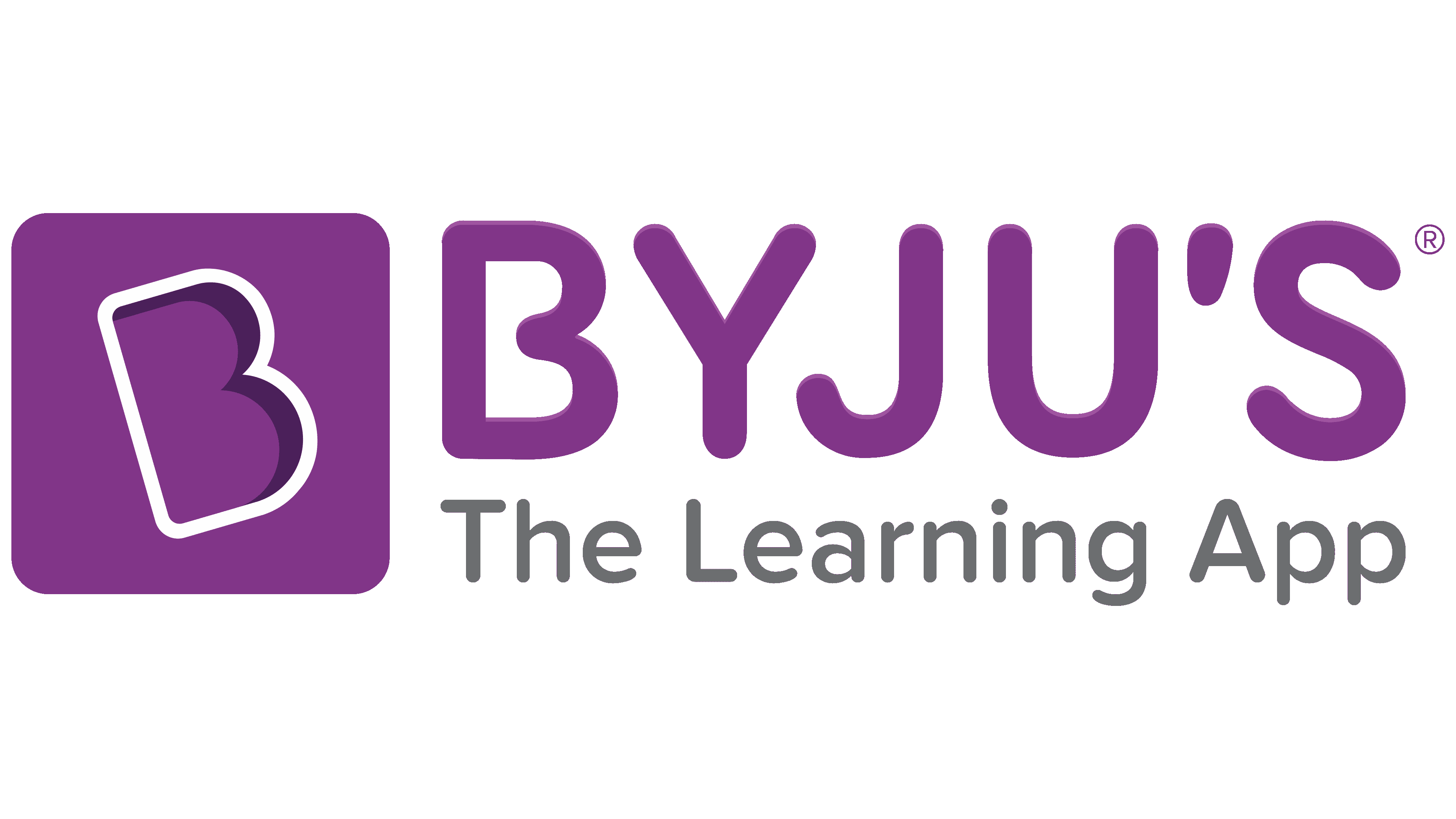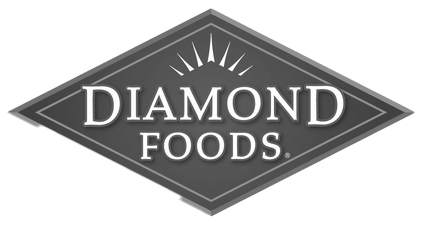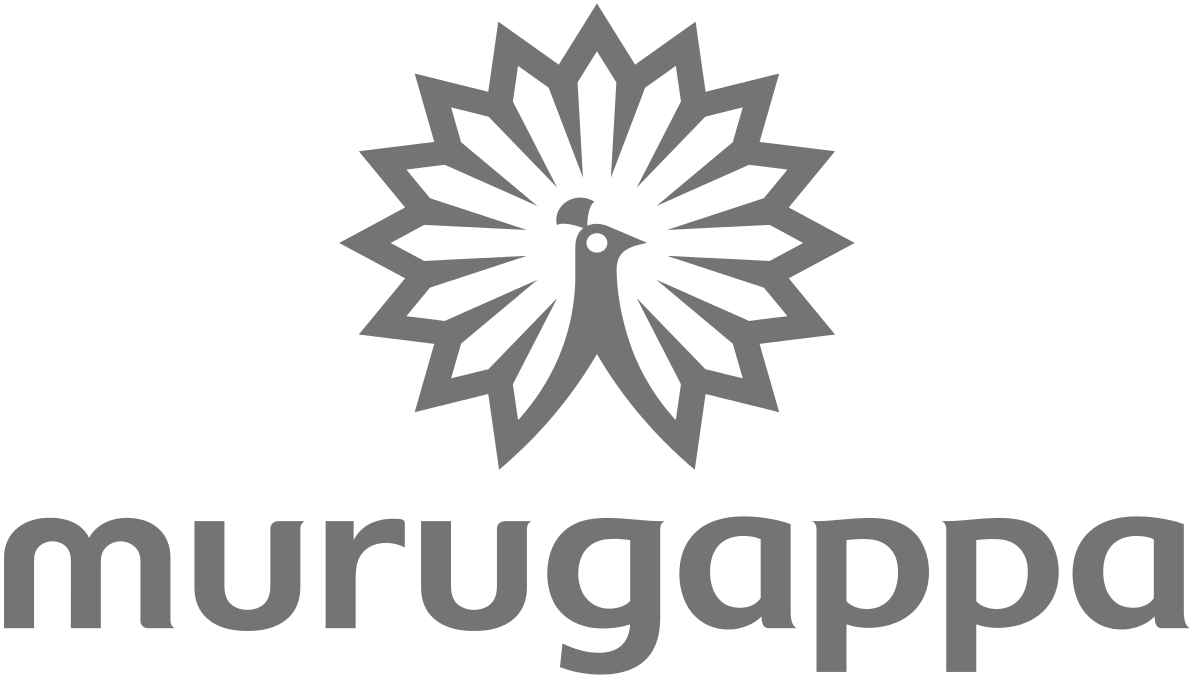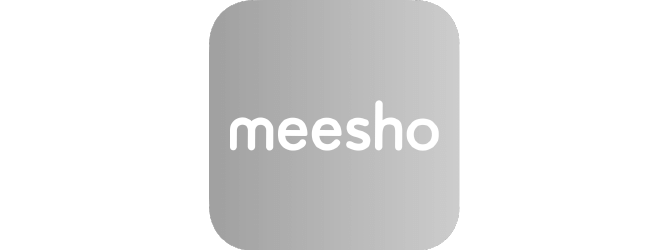Top Data Collection Services

What is data collection?
Data collection is a systematic method of collecting and measuring data gathered from different sources of information to provide answers to relevant questions.
An accurate evaluation of collected data can help researchers predict future phenomena and trends.
Data collection can be classified into two, namely: primary and secondary data.
Primary data are raw data i.e. fresh and are collected for the first time.
Secondary data, on the other hand, are data that were previously collected and tested.
Methods of data collection
The ecosystem of data collection is based on the industry the data needs to be collected for.
Depending on the research plan and insights, the types of data collection techniques are implemented.
Commonly used methods for data collection are surveys, interviews, focus groups, observations, published literature sources, documents and records, and experiments.
1. Published literature sources
This method uses the data already available in the public domain through books, texts, reports, magazines, articles, etc.
Whenever the data is derived from the existing data, the method of data collection is called secondary data collection.
When compared to primary data collection methods, it tends to be inexpensive and quick.
2. Surveys
Surveys are a popular method of data collection. Information is collected through customized questionnaires. These questionnaires are focused to explore facets of a topic. Information like demographics, opinions, behaviours, and attitudes can be mapped through surveys.
The most popular services for online surveys are Google Forms, Survey Monkey, and Poll Everywhere.
Information gathered is mostly based on individual or group experiences regarding a particular phenomenon.
There are several ways by which this information can be collected. The most notable ways are web-based questionnaires and paper-based questionnaires (printed form).
The results of this method of data collection are generally easy to analyze.
3. Interviews
Interviews are primarily conducted in two ways.
a) one on one Interviews
b) Group or Focus interviews
In these interviews, we can record data through notes, recordings, videos, or stenography.
Interviews are different from direct observation due to the nature of the interaction.
It is a qualitative method of data collection.
The results are based on the engagement and responses of the interviewees.
Interviews can be structured (formal), semi-structured, or unstructured (informal).
4. Observations
In Mystery shopping and audits, this kind of data collection method is primarily used.
The auditor carries a checklist and basis of his observation and deductions and evaluates the place, performance, or thing.
These checklists have simple questions with objective answers such as yes or no.
For subjective evaluation, questions with elaborate responses can be included too.
Objective questions bring consistency to overall data reports.
Checklists can be used for evaluating restaurants, clubs, gyms, hotels, showrooms, college libraries, and internal teams.
Observations can be broadly classified into three types.
a) Controlled observation is when a standardized procedure of observing participants or the environment is followed.
An example can be an audit done with a defined sop and checklist.
b) Natural observation is when the participants are being observed in their natural habitat or conditions.
c) Participant observation is when the observer too becomes part of the focus group and is studied.
d) Descriptive observation is when you record everything that you observe as it is.
e) Inferential observation is when you base your findings on subjects’ behavioural observations.
f) Evaluative observation is when you make a judgment through inference. The data set should be tested with a large sample size.
5. Documents and records
This is the process of collecting data through existing documents and records of an organization.
This method is majorly used for change tracking within an organization. The movement of metrics is recorded by analyzing old and new records.
6. Experiments
Experimental research is the data collection method where the causal relationship between two variables is examined.
One of the variables is fixed manipulated, and the reciprocating change in the other variable is measured.
Two types of variables are dependent and independent variables.
In experiments, data are mostly collected based on the cause and effect of the two variables being studied.
Trusted by 500+ Clients
Get in Touch
We are here for you, and we are wearing our thinking caps



